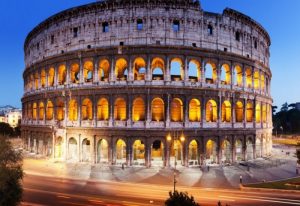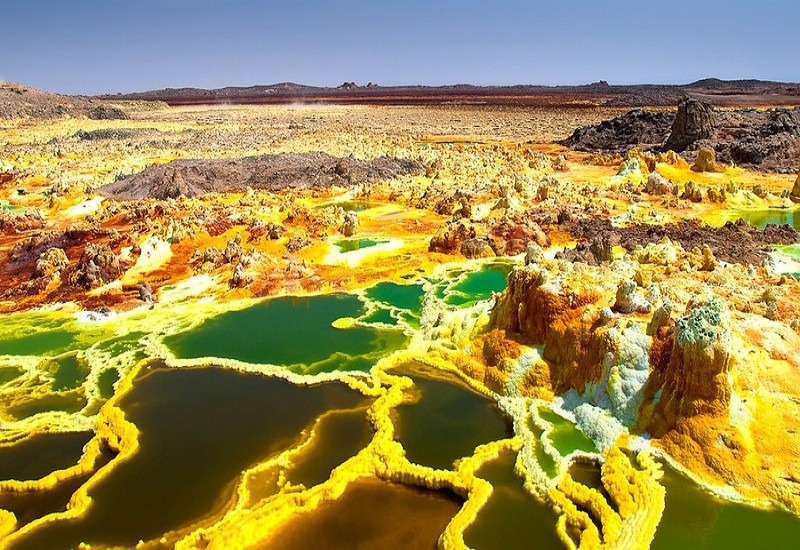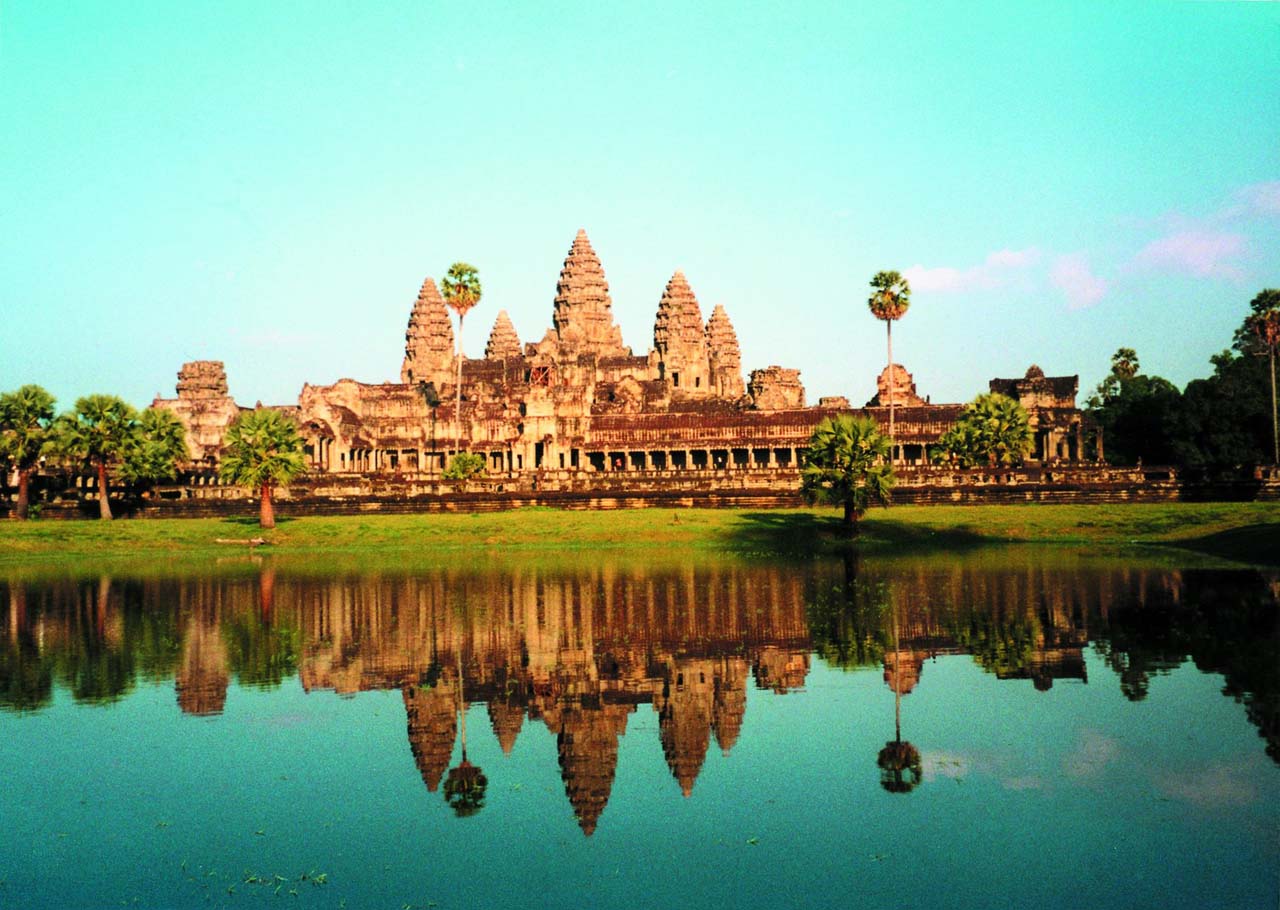Interesting facts about the Colosseum
 The antique building for mass spectacles – the Colosseum, located at the base of two of the seven elevations of the city – the Capitol and the Palatine, is considered one of the symbols of ancient Rome, and since 1979 has been under the protection of UNESCO.
The antique building for mass spectacles – the Colosseum, located at the base of two of the seven elevations of the city – the Capitol and the Palatine, is considered one of the symbols of ancient Rome, and since 1979 has been under the protection of UNESCO.
HISTORICAL FACTS ABOUT WHICH YOU LIKELY DON’T KNOW:
The Colosseum might not have been built, but the Roman Emperor Flavius Titus Vespasian (the elder) decided to eliminate the traces of the rule of Claudius Nero. Construction began on the site of a reservoir with swans in the year 70. The opening of the Colosseum was in 80, during the reign of the son of Titus, who was the representative of the Flavians (emperors dynasty). Therefore, the Coliseum was often referred to in historical documents as the Flavian Amphitheater.
By order of Nero, the architect Zenodor made a sculpture in the image of the imperial honor in the image of the Colossus of Rhodes (the large-sized statue of the god of the sun – Helios) and was called the “Colossus of Nero”. At the beginning Colossus was installed in the palace of Nero. Emperor Hadrian, after the death of Nero, built a stone base near the Colosseum, on which was placed the statue transferred from the palace. The sculpture itself has not survived to our time, and a pedestal lined with marble was removed from the Coliseum Square in 1930.
Most of the amphitheaters in ancient Greece were built by digging a certain area on the hillsides. An ellipse-shaped coliseum was made of stone.
The Colosseum was built for all Romans, but the rich estate was seated separately from the rest of the poor population of Rome. Amphitheater accommodates 50 thousand people.
The gladiatorial battles in which criminals, slaves, prisoners of war were forced to participate were popular entertainment for the Romans. But also volunteers took part in this kind of competition.
In addition to fights between people, battles with animals were organized. Gladiator, to stay alive and be a winner, had to kill a wild beast, released from the cage into the arena. The ancient chroniclers noted that during the grand opening of the Colosseum, which lasted 123 days, about 11 thousand animals were killed in the arena: elephants, tigers, lions, bears, buffaloes.
During the reign of Emperor Troyan, about 40 thousand people were killed in gladiator battles and battles with animals. Among them, Christians were thrown into the arena, who at that time were considered to be the culprits of the beginning of the decline of the Roman Empire.
Before the reign of Emperor Vespasian, the younger son, before they built the underground floor under the Coliseum, the arena to a depth of one meter was flooded with water, and the arena was turned into a pool, where imitation of sea battles (naumachia) was held to entertain the public. For this, a water supply channel (aqueduct) was built.
According to historical documents, when the Roman Empire collapsed, the Colosseum in the 5th century ceased to play the role of a place for various public events and gradually collapsed. Beautiful marble and brick after the earthquake in 847 was used for the construction of church buildings, and the Romans used cellars for growing vegetables.
The main part of the marble was used for cladding the external facade of the Cathedral of Peter the Great in the Vatican.
For the first time, priests of the Catholic Church spoke about the Colosseum as a historical monument of world culture in the 18th century. Pope Benedict XIV decided to consider the Colosseum a holy place. After this, the restoration of the amphitheater began, which since 2000 has been open to tourists and is considered the most visited monument of world culture.
Another interesting fact is the quote made by the English chronicler, the monk Bede Honorable in one of his works, that if the Colosseum falls, then Rome itself will follow.




